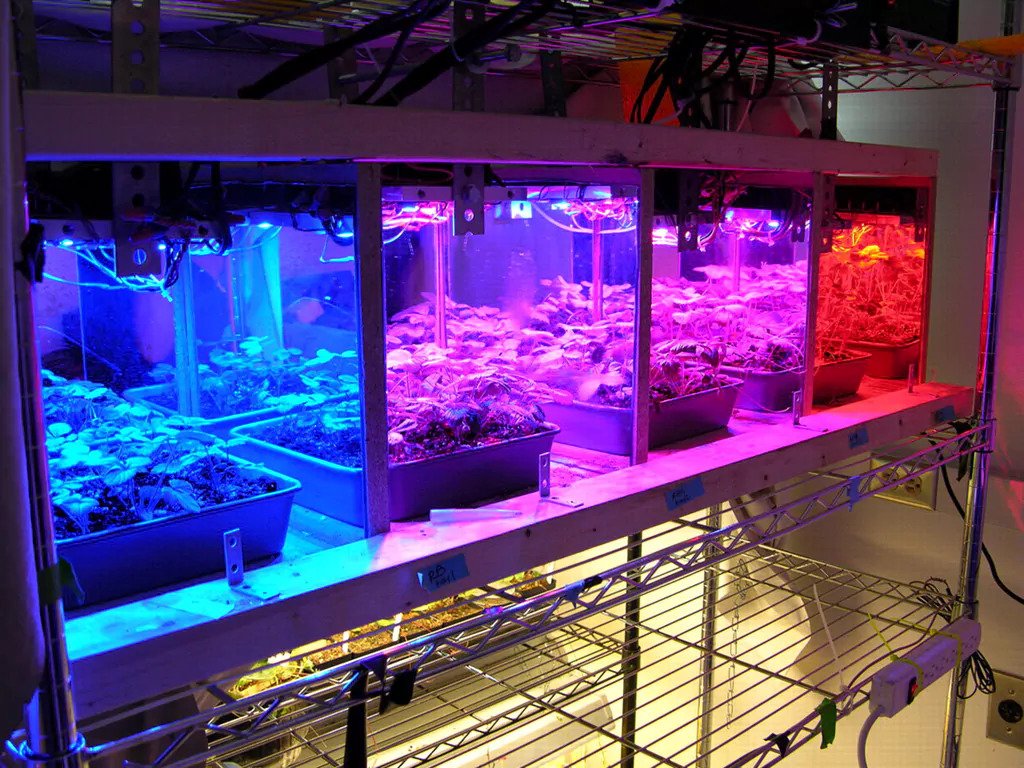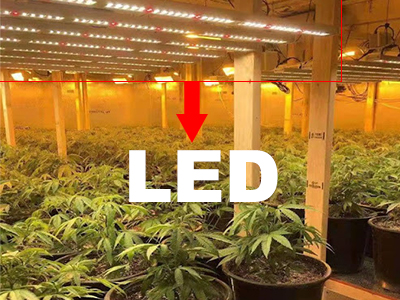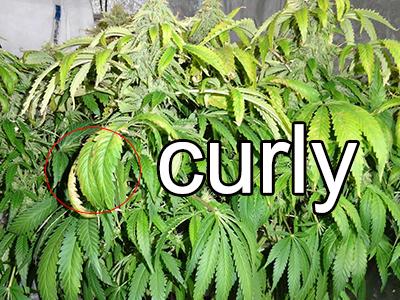Indoor plants. Using artificial light is a good solution, especially if we don’t decorate the beautiful and large windows that we often see in magazines. They also allow us to plant or grow exotic plants early even in the basement.
But the point is that many times we are very confused when we find the correct light in certain situations or in general. Today’s description will try to make us understand this information more clearly. And the wavelength and spectral spectrum of different artificial bulbs to determine whether the bulbs are most suitable for our indoor plants.
Correct color

Natural sunlight contains light of all spectrums, including all colors of the rainbow. Plants use all the colors that exist in sunlight, the most important of which are red and blue.
There are many choices of artificial lights for indoor plants on the market, including special lights for growing plants, called "growth lights" or "broad-spectrum lights." There is no doubt that they are usually the best, because they will be ours. However, if they cannot be used for some reason, we can combine our own lights to make plants grow healthy indoors.
The right intensity
The intensity of the artificial light received by the plant determines the power of the bulb and the distance between the plant and the light source.
Generally, plants from tropical A climates or dark forests do not need the same light as plants growing in dry, sunny climates.
Most of the flowers of indoor plants, such as begonias and African violets, are happy to be about 25 to 30 cm. Keep away from the light source. Ivy or philodendron plants can grow up to 90 cm. It can be used as an artificial light source for indoor plants.
However, many flowering plants, such as orchids and garden flowers, to absorb most horticultural plants and citrus fruits, require higher light intensity to bloom and produce fruits.
In any case, when we shorten the distance between our factory and the light source, it is important to consider the use of this type of lamp; for example, incandescent lamps produce a lot of variety and may burn leaves, but fluorescent lamps hardly generate heat , So they can get close to plants.
Duration
No matter we are growing a certain kind of plant, we need to rest-down.
In dark moments, plants breathe, which is a basic part of their growth process.
The resting time affects many biological processes of plants, including their growth rate and the production of new buds, fruits and flowers.
Plant experts generally divide plants into three broad categories based on the number of hours of light they need per day. Basically these categories are:
★Short-term plants: like chrysanthemums, daisies, azaleas and begonias. These types of plants can thrive in less than 12 hours of sunlight a day. In fact, these plants must take a shorter time to begin the flowering process.
★Long-day plants: need 14 to 18 hours of sunlight every day. Most temporary flower and vegetable seedlings are long-day plants. If there is not enough light, they will pale and become "thin".
★Neutral day plants: Generally, geraniums, coleus, African violets and foliage plants usually need 8 to 12 hours of light every day of the year.
What do I need and how to provide artificial light for indoor plants
At the same power, the light produced by fluorescent lamps is more distorted or three times more than incandescent bulbs. They are the cheapest lamps for indoor gardening and have alternatives to ordinary lamps.
The balance between the warm and cold light (red and blue) produced by the broad-spectrum fluorescent lamp allows to reproduce the natural solar spectrum quite faithfully.
In any case, as I mentioned beforehand, we can combine cold and warm LEDs (or fluorescent and incandescent lamps) to mimic this type of lamp, thereby more effectively providing artificial light to indoor plants (see wavelength above ). You can use a ratio of 3 to 10; relatively, for every 30 watts of warm light (red spectrum), provide them with 100 watts of fluorescent light (the bluest spectrum).
As the final direction for choosing the type of light and its intensity, the initial idea might be to use lights with a power of 200 to 400 watts to ensure that the distance between them does not exceed 40 cm. However, as always, certain plants have their requirements, so this choice also depends on the type of plant you are growing.
Formula
I found an American formula to determine the wattage we need to illuminate a certain space. The formula is in units of "fragments", but we gradually convert the final result to meters. The formula mentions that a general rule of thumb is that we may need 20 to 40 watts per square foot (1 foot = 0.092 square meters). Then, he suggested the following two instructions:
1000 + 20 = 50 and 1000-40 = 25
The answer to this formula shows that using a 1000 watt system can effectively illuminate an area between 25 and 50 feet (in meters), ranging from 2.3 to 4.6 square meters.
We still remember that both lack of lighting and excess may be harmful to our factory. Therefore, it can help you determine whether the wrong artificial light is provided for indoor plants:
Quantification of poor plant or seedbed lighting
Excess light:
1. leaves are wrinkled, the edges become brown or brown spots appear from burns.
2. leaflets lose their green color and become too white.
3. At the hottest time of the day, plants become "sad" (lost vitality)
4.The leaves of the plant are the opposite direction of the forward light.
Lack of light:
1. leaves turn yellow and fall.
2. plants hardly bloom, usually incomplete or too small when they bloom, and often fall before flowering.
3. The plant grows almost colorless stems, long and thin, almost without vitality, the internodes are very far apart, and the group is looking for the light source.
4. Its development is getting slower and slower.
By using artificial light for indoor plants, or even under broad-spectrum or high-intensity light, you can even better grow many plants indoors, including orchids to vegetables, no matter how much natural lighting you have in your home.
Therefore, even if it is a dark house, don't lose confidence. Even in the basement, you can have excellent indoor plants.























